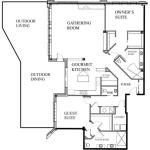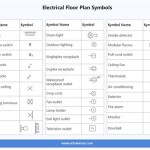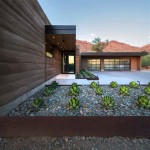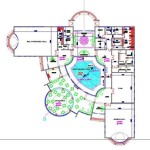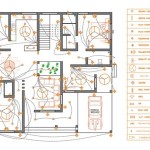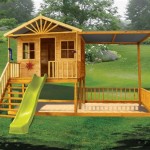Essential Aspects of Ancient Roman Home Floor Plans
Ancient Roman homes, known as domus, varied greatly in size and complexity, reflecting the wealth and social status of their owners. However, certain essential aspects characterized Roman home floor plans, offering insights into the domestic life of this remarkable civilization.
1. Central Courtyard (Atrium)
The atrium served as the central focal point of the domus. It was an open-air courtyard with a roofed opening, the compluvium, that allowed rainwater to collect in a pool, the impluvium. The atrium acted as a natural source of light and ventilation, providing a gathering space for family and guests.
2. Private Living Quarters (Cubicula)
Surrounding the atrium were private living quarters, known as cubicula. These rooms were typically small and windowless, providing privacy for the occupants. Wealthier homes might have had multiple cubicula, each designated for a specific purpose, such as a master bedroom, guest room, or children's room.
3. Dining Room (Triclinium)
The triclinium was the dining room of the domus. Romans typically reclined on couches while eating, arranged in a U-shape around a low table. The triclinium was often located near the atrium for easy access.
4. Kitchen (Culīna)
Roman kitchens were typically small and functional. They were often located in a separate outbuilding or in the basement to avoid smoke and odors. The kitchen usually contained a hearth, an oven, and various cooking utensils.
5. Bathroom (Latrina)
In larger Roman homes, bathrooms were common. They consisted of a simple toilet and a washbasin. Public latrines were also available for those without access to private bathrooms.
6. Reception Room (Tablinum)
The tablinum was a semi-public reception room adjacent to the atrium. It was used to receive guests and conduct business. The tablinum often displayed important documents and artwork.
7. Peristyle Garden (Peristylium)
Wealthy homes often featured a peristyle garden, an outdoor courtyard surrounded by columns and covered walkways. The peristyle provided a private and tranquil space for relaxation and entertainment.
8. Floor Materials
Roman home floors were typically made of marble, mosaic, or terracotta tiles. Wealthier homes might have had elaborate mosaic floors depicting scenes from mythology or nature.
9. Wall Paintings
Wall paintings were common decorative elements in Roman homes. They often depicted mythological scenes, landscapes, or portraits of the occupants. The style of the paintings varied greatly, from realistic to impressionistic.
10. Water and Sanitation
Roman homes had access to a sophisticated water and sanitation system through aqueducts and sewers. Water was piped into the homes through lead or ceramic pipes and disposed of through underground drains.
In conclusion, Roman home floor plans provide a fascinating glimpse into the domestic life of this ancient civilization. The essential aspects outlined above reflect the Romans' emphasis on privacy, comfort, and social interaction.

Pin By Rebecca Koch On Ancient Rome Roman Bath House Floor Plans

Plan Of A Pompeian House Roman Courtyard Plans Villa

Elegant Roman House With Atrium And

A Floor Plan For Typical Roman Villa The Main Rooms Would Likely Have Been Atrium And Peristylium O House Ancient Houses How To

Roman House Layout Villa Ancient Houses

House Of The Vine Museums Victoria

View Page Roman Atrium Style Housing

The Evolution Of House Part 4

Floor Plan Of The Classic Roman House With Names Each Room Bath Ancient Houses

Rome Roman House Ancient Houses Villa

